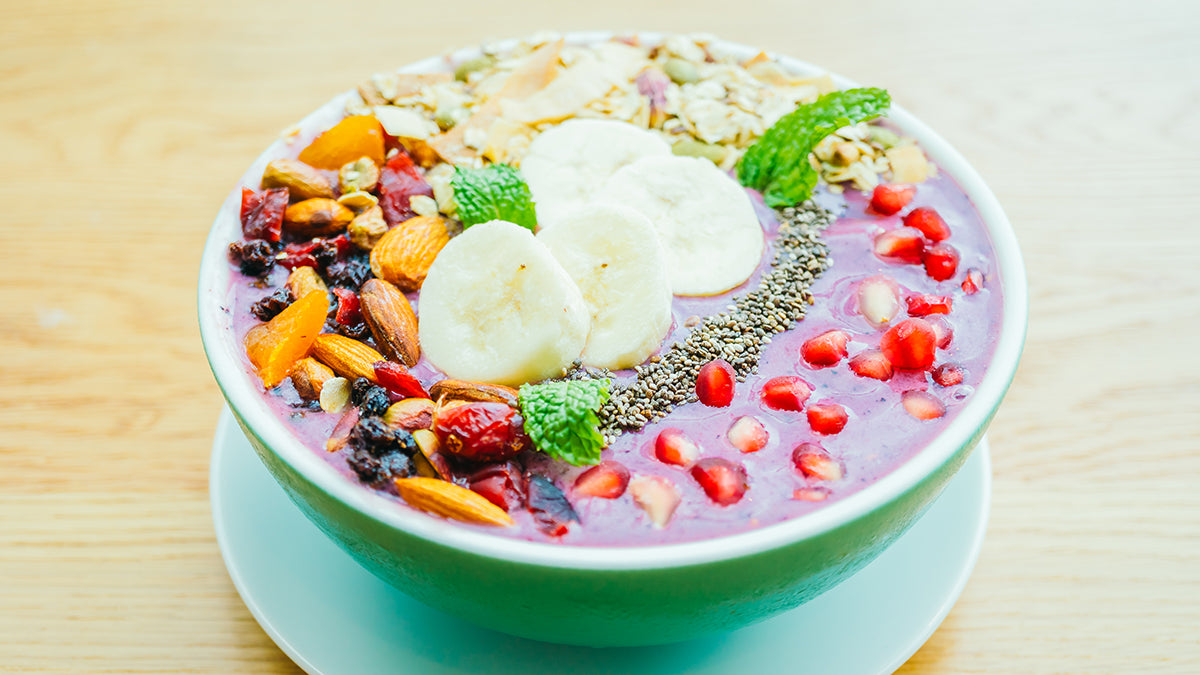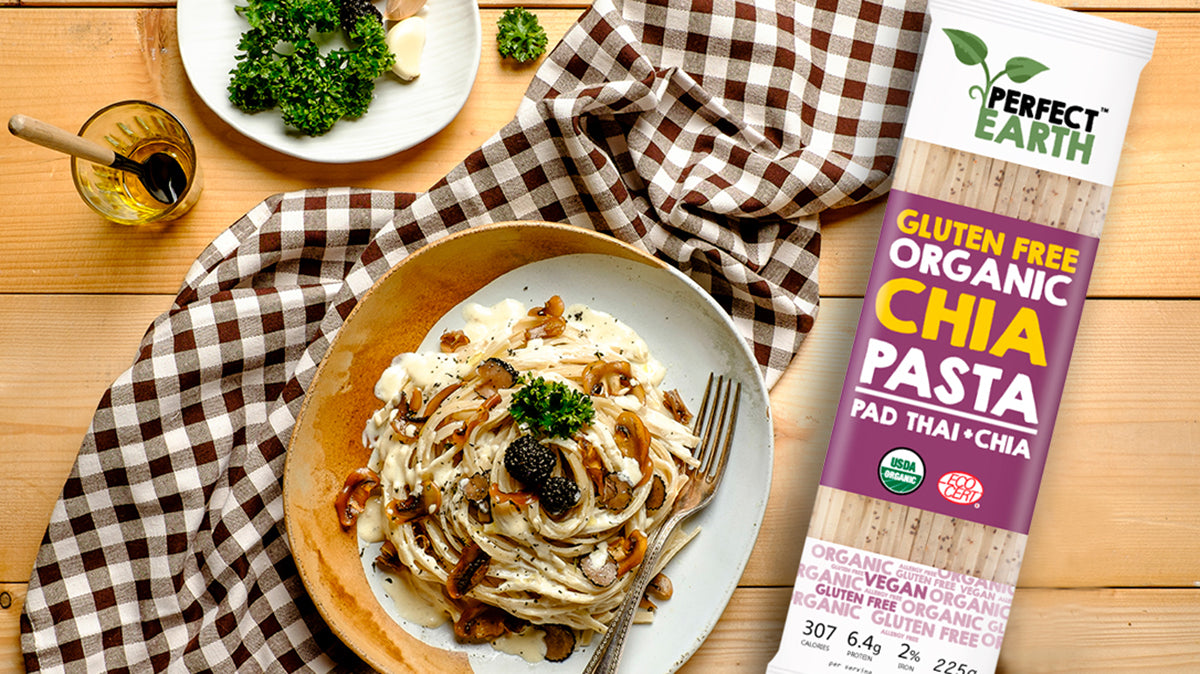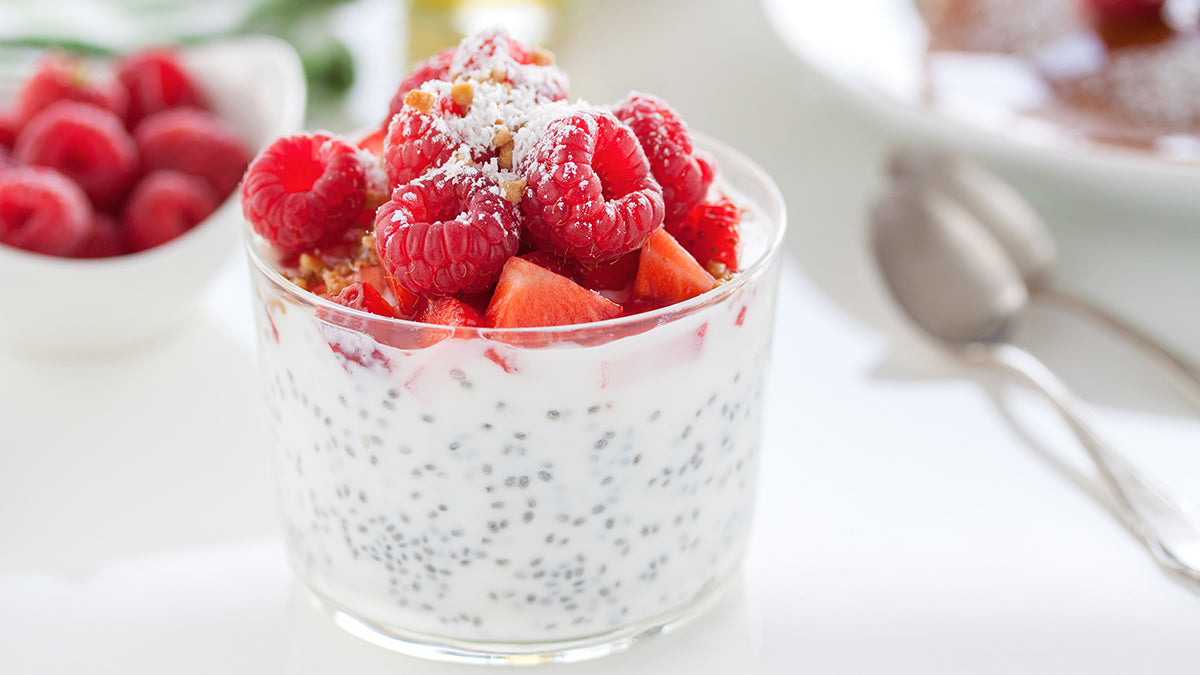Gluten intolerance
A gluten intolerance is the body’s inability to digest or break down the gluten protein found in wheat and certain other grains. Gluten intolerance (also known as a gluten sensitivity) can range from a mild sensitivity to gluten to full-blown celiac disease.
According to the National Institute of Diabetes and Digestive and Kidney Diseases, about 1 out of every 133 Americans has celiac disease. This is a severe autoimmune disorder triggered by gluten consumption that leads to damage in the small intestine.
Common foods that regularly contain ingredients with gluten include:
- pastas
- breads
- crackers
- seasonings and spice mixes
Wheat is one of the main staples of a Western diet and is public enemy No. 1 for those with a gluten intolerance.
In addition to pure wheat, all of its forms are also off-limits. This includes:
- wheat starch
- wheat bran
- wheat germ
- couscous
- cracked wheat
- durum
- einkorn
- emmer
- farina
- faro
- fu (common in Asian foods)
- gliadin
- graham flour
- kamut
- matzo
- semolina
- spelt
The list of gluten-containing grains doesn’t end at wheat. Other offenders are:
- barley
- bulgur
- oats (oats themselves don’t contain gluten, but are often processed in facilities that produce gluten-containing grains and may be contaminated)
- rye
- seitan
- triticale and Mir (a cross between wheat and rye)
Gluten may also show up as an ingredient in:
- barley malt
- chicken broth
- malt vinegar
- some salad dressings
- veggie burgers (if not specified gluten-free)
- soy sauce
- seasonings and spice mixes
- soba noodles
- condiments
The list of off-limit items may seem daunting at first. Thankfully, there are plenty of replacements on the menu. Lots of foods are naturally gluten-free, including:
- fruits and vegetables
- beans
- seeds
- legumes
- nuts
- potatoes
- eggs
- dairy products
- oils and vinegars
- corn
- rice
- fish
- lean beef
- chicken
- seafood
Many other grains and foods are gluten-free as well. There's a plethora of options on Amazon:
It may seem daunting to go gluten-free at first. But for many, the advantages far outweigh the inconvenience. The first step is to get rid of all the gluten-containing products in your kitchen and stock it with alternatives. Check out online options for pantry staples such as gluten-free breads, pasta, crackers, and cereals. For baking, use substitute flours. These can include:
- buckwheat
- corn
- millet
- rice
- sorghum
- quinoa
- chickpea
You’ll need xanthan gum or guar gum as a substitute for gluten when baking. Stick to unprocessed, fresh, whole foods to naturally stay gluten-free.
https://www.healthline.com/health/allergies/gluten-food-list




